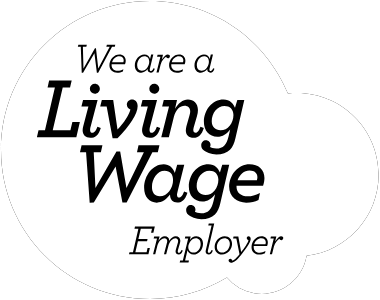Wilful group agency Gong Communications looks back on its time providing PR support to an industry standard.
In the midst of the COVID lockdown, we were invited to be the PR expert in a multi-disciplinary brand and marketing ‘sprint’ to help develop the launch plans for an innovative new carbon removal company, the brainchild of 3 Finnish entrepreneurs.
That was how we first met Puro.earth, which has evolved from its early incarnation as a marketplace for CO2 removal, connecting buyers and sellers, into global standard and registry platform scientifically verifying methods of CO2 removal.
Puro.earth’s pioneering approach in developing a set of scientifically rigorous principles for engineered carbon removals marked the start of a new era for integrity in the voluntary carbon market. A Puro CORC (CO2 Removal Certificate) is an independently verified document that confirms that 1 metric ton of CO2 has been removed and durably sequestered from the atmosphere using one of the removal methods certified under the Puro Standard.
When we first started working with Puro, the carbon markets were of course not new, they emerged in the 1980s as a mechanism to offset industrial CO2 emissions most commonly by planting trees or avoiding deforestation. Over time and with growing scepticism for projects which failed to address issues of permanence or measurement, new methodologies started to emerge. By the time Puro.earth hit the mainstream there were suppliers focused on producing biochar (a soil improver made from wood chips) and wooden building elements that focused on locking up carbon in chemical or industrial processes.
As an agency, we had come across the concept of mechanisms for valuing carbon sequestration, and specifically standing forests in our previous work for a global agribusiness. We had to understand the REDD+ standard for avoided deforestation, so we were no strangers to the complexity of how to calculate and value carbon locked up in trees, the concepts of additionality or the risk of protected trees being logged or catching fire. This experience meant we quickly grasped the difference between carbon offsets and removals, and we relished the job of getting the word out about Puro.earth and its burgeoning ecosystem of suppliers and customers.
One of the hardest working proof points in those early days was when the IPCC said in its April 2022 report on mitigating climate change: “The deployment of carbon dioxide removals to counterbalance hard-to-abate residual emissions is unavoidable if net zero…emissions are to be achieved.”
Over the next few years, and critically, through a huge vote of confidence investment by Nasdaq, we worked with Puro.earth to tell the stories of new and emerging methods of carbon dioxide removal backed by rigorous standards. Seeing the gap in the market, Puro.earth refined its business model from a marketplace to a standard to meet the need for trust and integrity in a high growth market, while also recording the lifecycle of CO2 Removal Certificates from issuance to retirement in a public registry.
The first methodology to be developed under the Puro Standard was BECCS which stands for Bioenergy carbon capture and storage, which helped to create a universally accepted standard for biochar production and carbon crediting. That was followed by DACS – direct air capture and storage which attracted the attention of industry leader Climeworks which became the first supplier to be certified in May 2024 for its Orca plant in Iceland.
Taking stock of its achievements to date, Puro.earth has facilitated the removal of 426,695 tonnes of CO2 safely stored for at least 100+ years through 196 registered suppliers and has garnered a reputation as a market leader in bringing about trust and integrity to the carbon removals sector.
It hasn’t all been plain sailing, South Pole’s Kariba Project came under scrutiny from the Guardian in early 2023 and even though it focused on offsets not removals, all voluntary carbon markets were tarnished for a period until the persistent support of major customers like Microsoft and the Frontier coalition of buyers (including Meta, McKinsey and Alphabet) for carbon removals helped to underscore the fundamentally different approach.
As the PR agency for Puro.earth since its launch, our focus has been on issues of credibility, integrity, and traceability in a rapidly scaling market. We have also played our part supporting other players within the industry, recently hosting a webinar with Puro, Kita, and Clyde & Co on Risk and Reputation Management Strategies for Carbon Market Participants in which we addressed the reputational risks businesses in this space are facing and gave advice for how to prepare and respond to such risks. More of that here: https://thewilful.com/protecting-reputations-in-the-carbon-markets/
Meanwhile, we are watching eagerly to see how the market for suppliers and supporting technologies develops. The voluntary carbon market is a great proof point for an equitable transition when it’s done well. There are many examples of climate tech innovation and job creation all the way through the supply chain. And although ‘engineered’ carbon removal sounds as though it’s no friend to nature, the opposite is true of some of the key methodologies which are helping to improve soil, one of our most effective carbon sequestration options. Just ask farmers and landowners.
We will defer to Puro for the last word, writing in its own blog on this period, it noted that 2024 is showing promising signs of progress for the market with the supply of CO2 removal credits expected to grow exponentially, encouraged by recognised and trusted standards.






